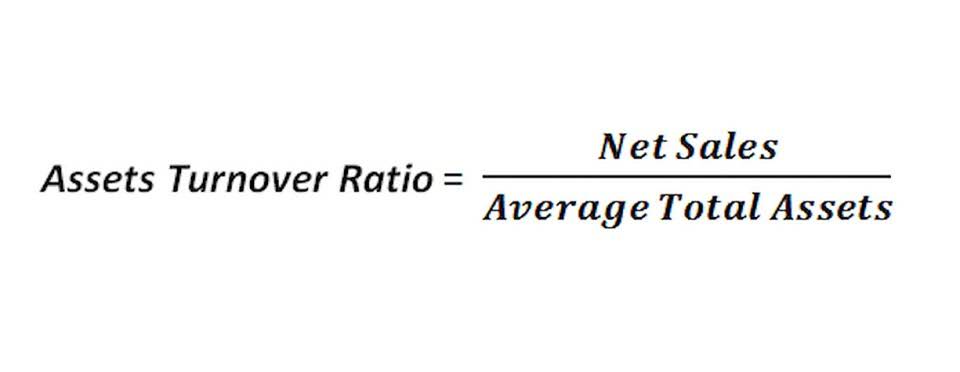Period costs definition

The intricacies, however, run deeper, with nuances depending on specific accounting standards, industry practices, and the intended longevity of the advertising campaign’s impact. For instance, the IRS scrutinizes advertising costs that could be considered extravagant or not strictly business-related. Expenditures on promotional activities that are overly lavish or not clearly tied to the business may not be fully deductible. Additionally, if advertising is directed towards lobbying or political campaigning, it may not be deductible at all. Businesses must ensure that their advertising expenses are reasonable and directly related to their trade or business to fully capitalize on the tax benefits.
Example of Advertising Costs

Below is a break down of subject weightings in the FMVA® financial analyst program. As you can see there is a heavy focus what are period costs on financial modeling, finance, Excel, business valuation, budgeting/forecasting, PowerPoint presentations, accounting and business strategy. Following is the profit and loss statement of ABC Ltd, you are required to compute period expenses.
Financial Statements Impact

A period cost is an expense that a business incurs that is not directly tied to a product or production activity. These costs are recorded as an expense retained earnings in the period they are incurred and are not included in the cost of manufacturing a product. These costs can’t be carried over to future periods and so they have to be entirely expensed in the period they occur. This type of cost can significantly influence a company’s net income, since the immediate recognition of these expenses reduces the income of that period. That’s why it’s a critical part for companies to manage these costs to improve their profitability.

Asset Criteria
Businesses invest in advertising to reach a wider audience and generate interest in their offerings. Suppose a company, XYZ Corp, launches an advertising campaign for a new product. They spend $10,000 on various advertising activities, such as television and radio ads, online marketing, and print advertisements. Promotion expenses, while related to advertising expenses, are far more generalized and generic measures meant to increase brand awareness. Expenses devoted to promotion and for advertising are accounted for as separate items.
What Is A Period Cost? Definition, Examples, And Importance
Once you’ve determined whether your advertising expense is a period or product cost, you’ll need to decide how best to allocate it. For example, if your advertising campaign covers multiple products or services, you may want to allocate the expense based on revenue generated by each individual product. Another name for period cost is operating expenses, which includes time costs, capacity costs, and period expenses. To calculate total period costs, simply add up all costs that are not directly related to producing a product, such as salaries, rent, and utilities. This straightforward formula provides a clear picture of a company’s non-manufacturing expenses.
How do you account for brand-building campaigns that have long-term effects?
- Working with an international company or a multinational with a solid global presence is undoubtedly one of the best ways to boost and improve a resume.
- The use of analytics tools and performance metrics allows companies to track the effectiveness of their advertising campaigns in real-time.
- Yes, there are various forms of advertising, including print ads, television commercials, online marketing, social media campaigns, and more.
- Many students believe that the cost to ship the product to the end user should be a product cost.
- Television Advertising – This type of advertising is popular among large companies with big budgets as it can reach a vast audience.
Compare current account and saving account options to find the best fit for your financial needs, goals, and lifestyle. Carolyn VonRueden is a versatile writer with a passion for crafting engaging content on a wide range of topics. Led by editor-in-chief, Kimberly Zhang, our editorial staff works hard to make each piece of content is to the highest standards. Our rigorous editorial process includes editing for accuracy, recency, and clarity. Access and download collection of free Templates to help power your productivity and performance.

Straight-line depreciation, declining balance depreciation, and units of production depreciation are common methods used to calculate depreciation expense. The choice of depreciation method depends on factors such as asset usage patterns, expected Bookkeeping for Consultants future cash flows, and accounting policies. Direct Allocation is a method of assigning Period Costs directly to the specific cost object based on a clear cause-and-effect relationship. This method is straightforward and suitable for costs that can be easily traced to a single cost object. Understanding Period Costs is essential for evaluating a company’s performance and making informed decisions.
Limitations and Challenges of Period Cost Analysis

Only when they are used to produce and sell goods are they moved to cost of goods sold, which is located on the income statement. When the product is manufactured and then sold a corresponding amount from the inventory account will be moved to the income statement. So if you sell a widget for $20 that had $10 worth of raw materials, you would record the sale as a credit (increasing) to sales and a debit (increasing) either cash or accounts receivable. The $10 direct materials would be a debit to cost of goods sold (increasing) and a credit to inventory (decreasing). Every cost incurred by a business can be classified as either a period cost or a product cost.

Leave a Reply